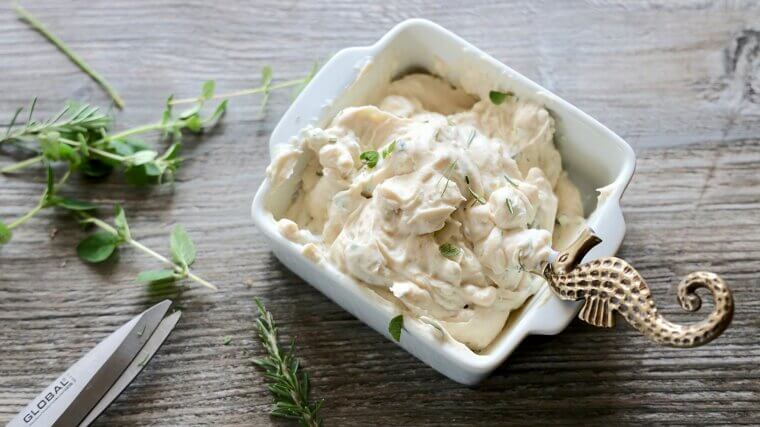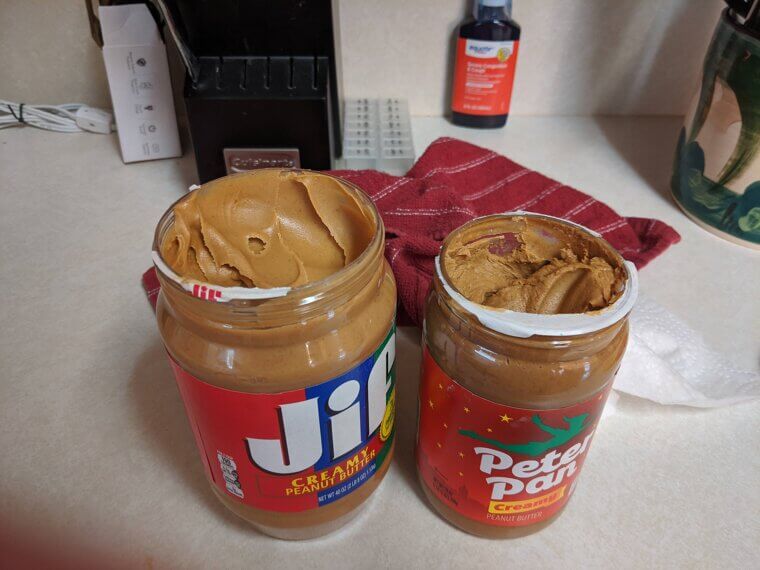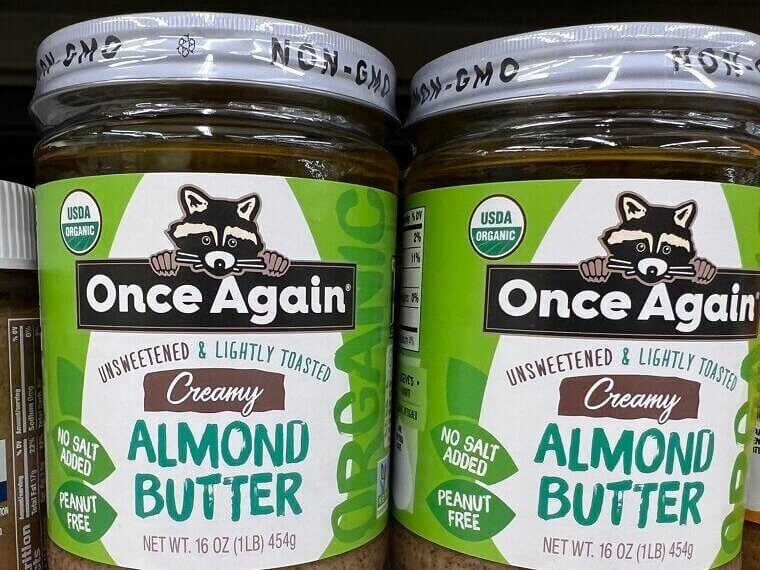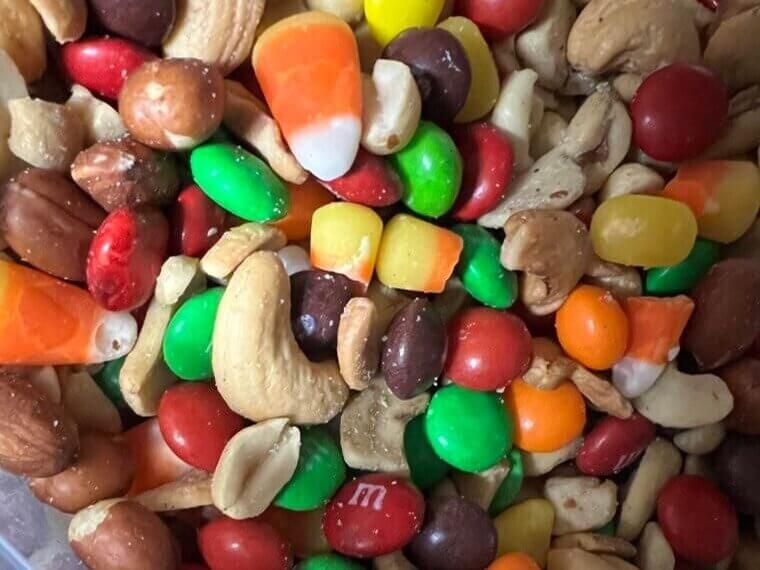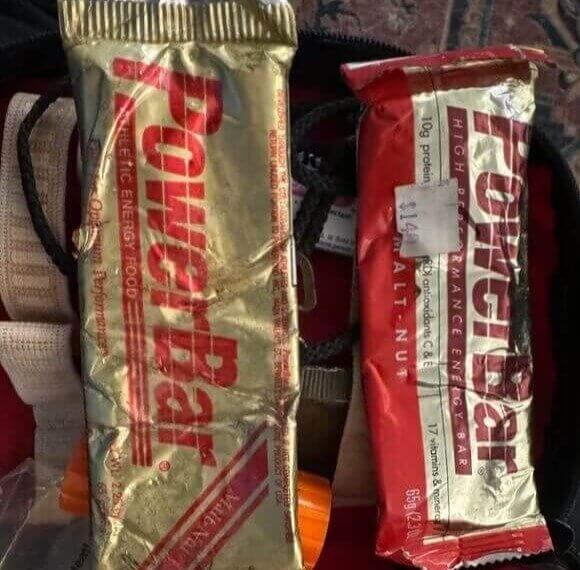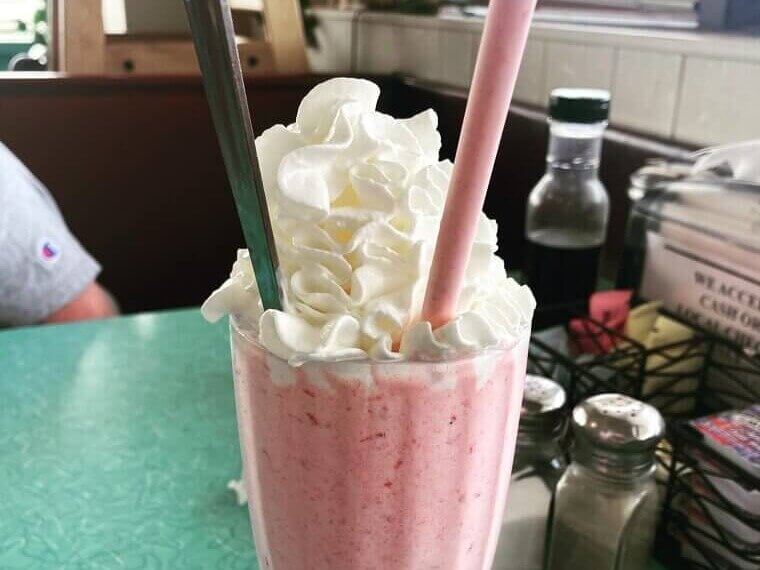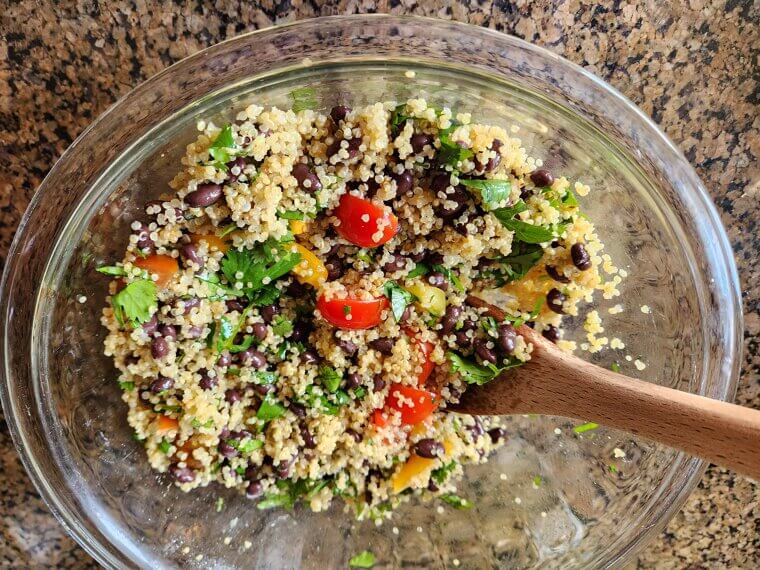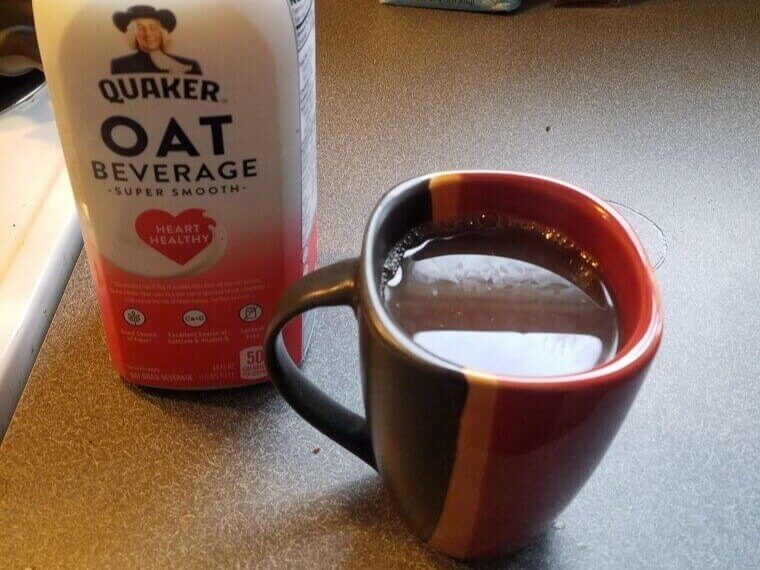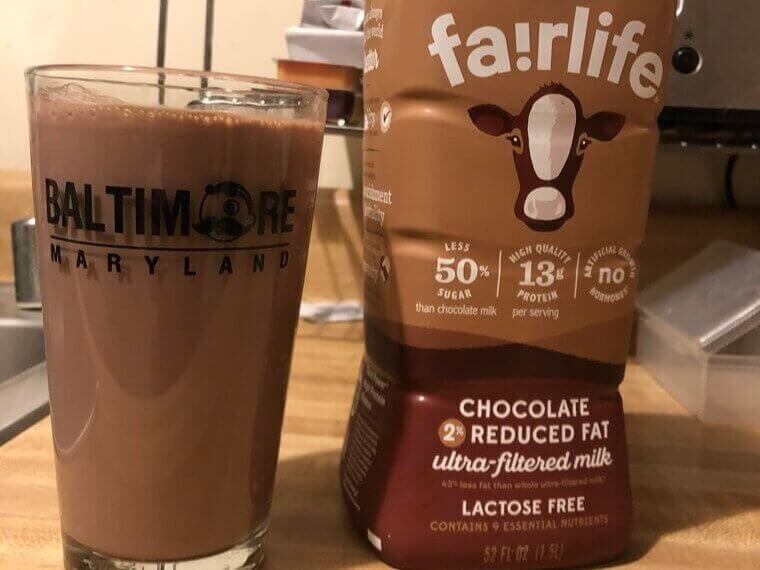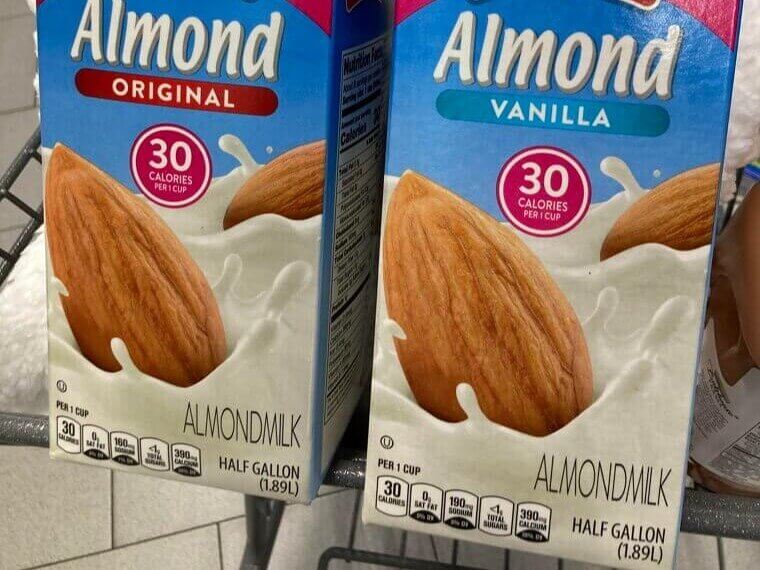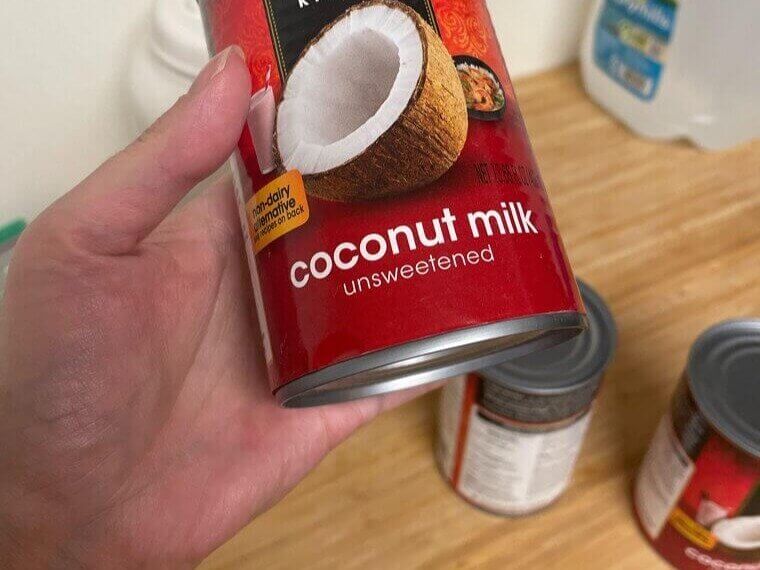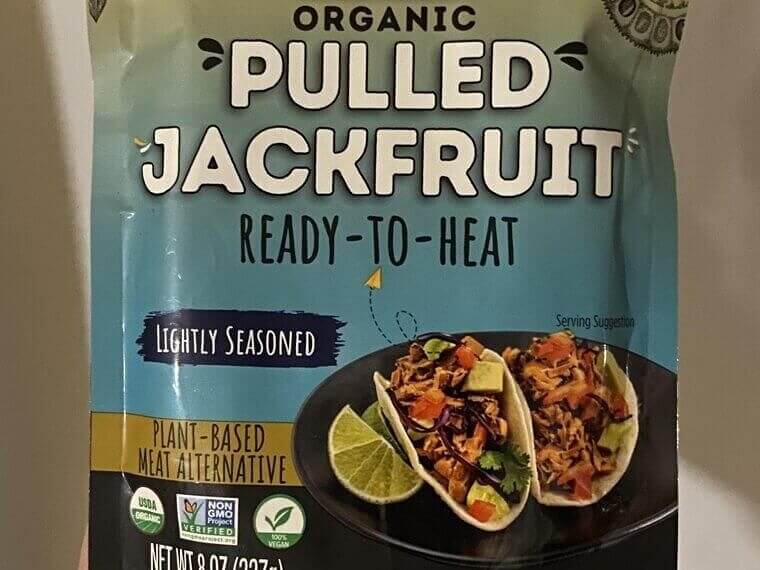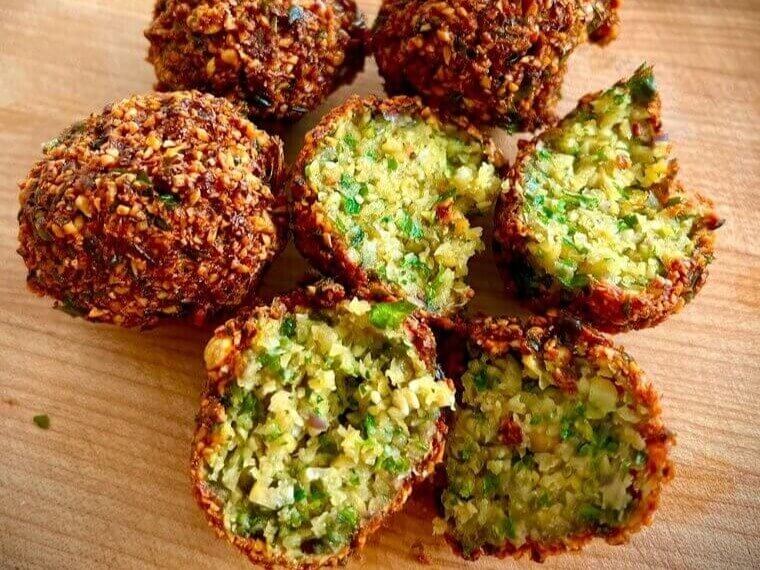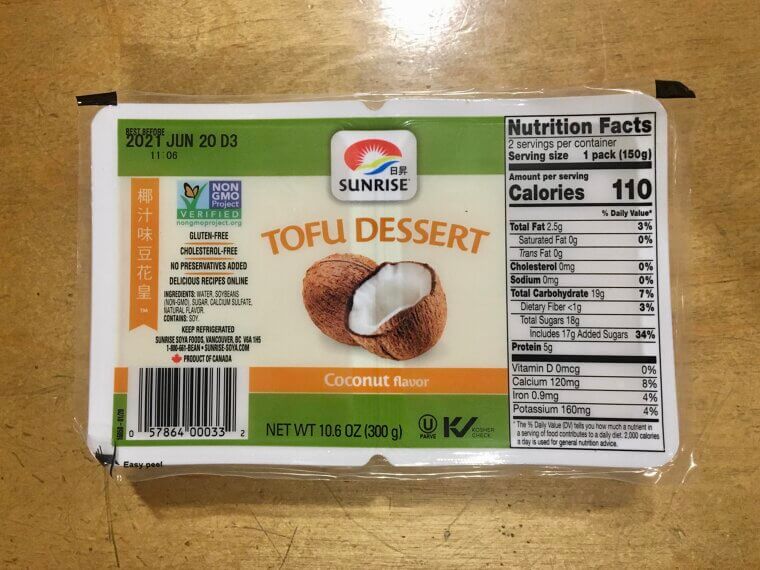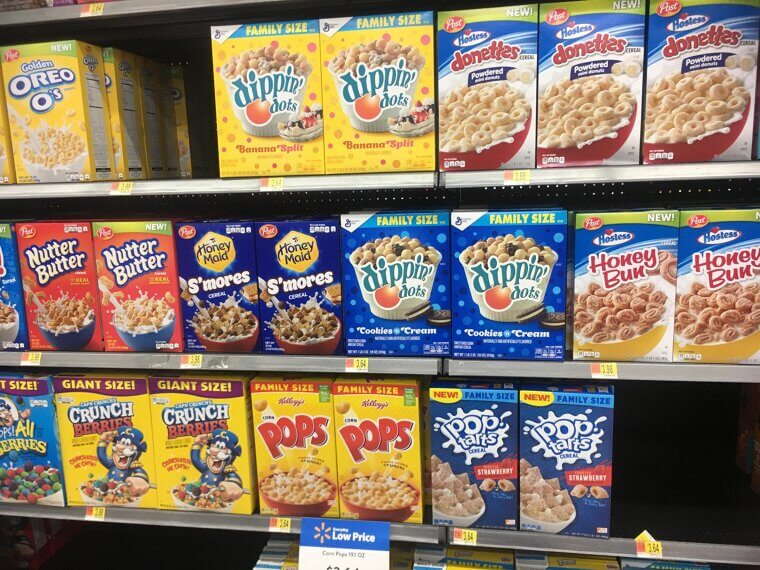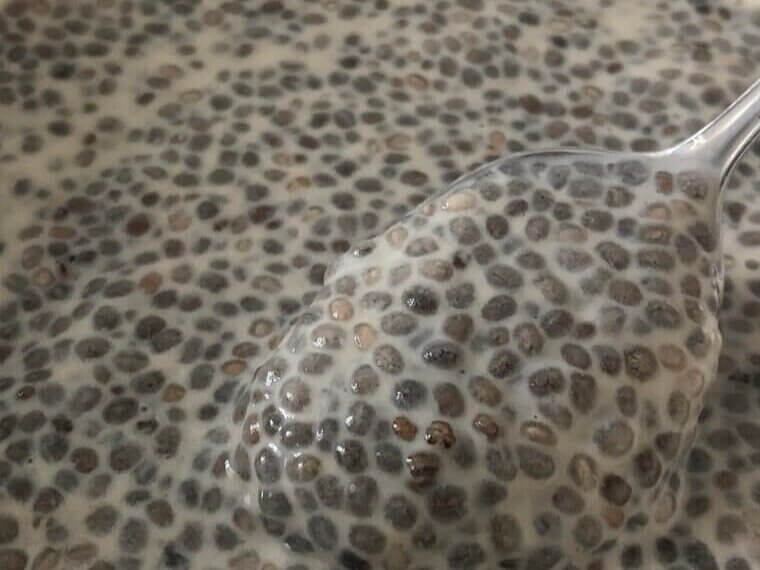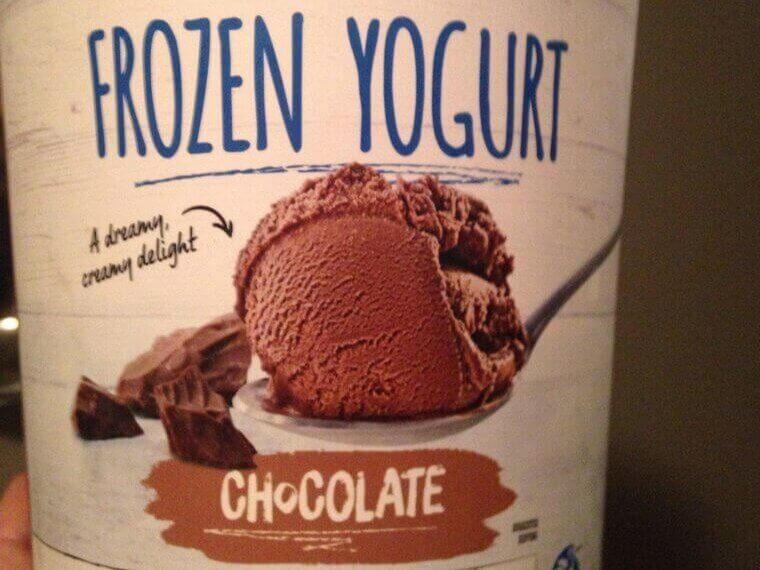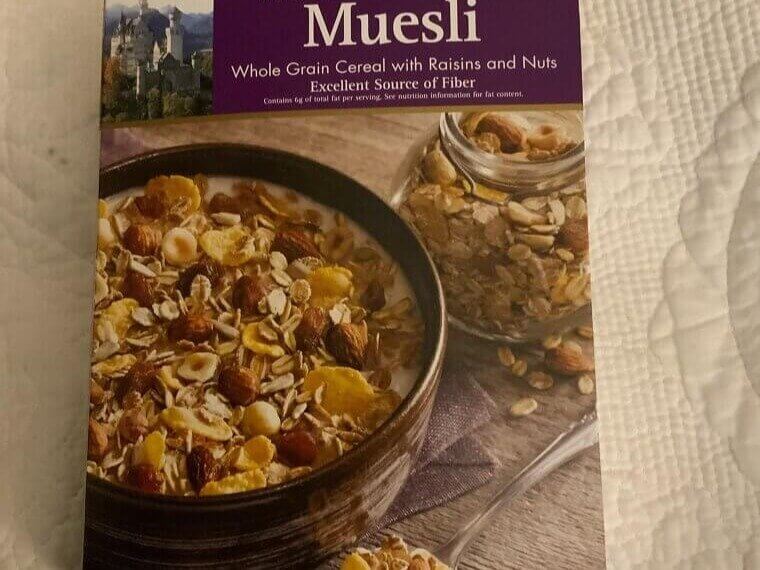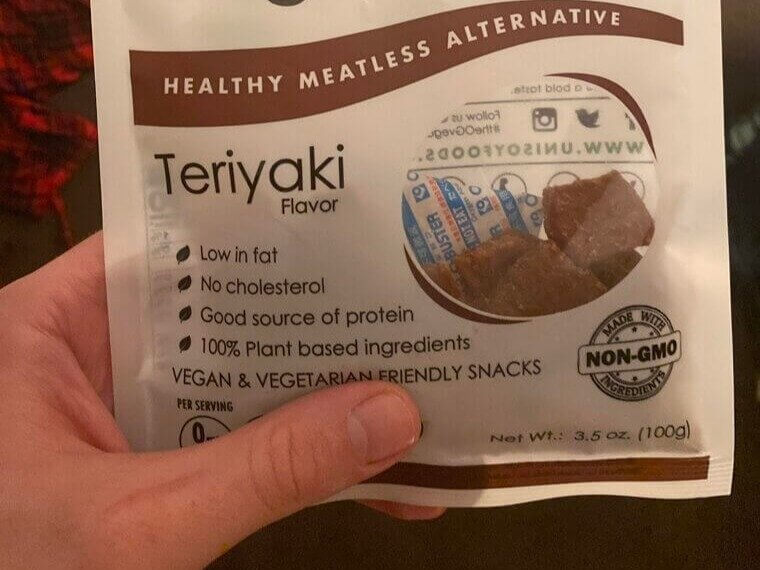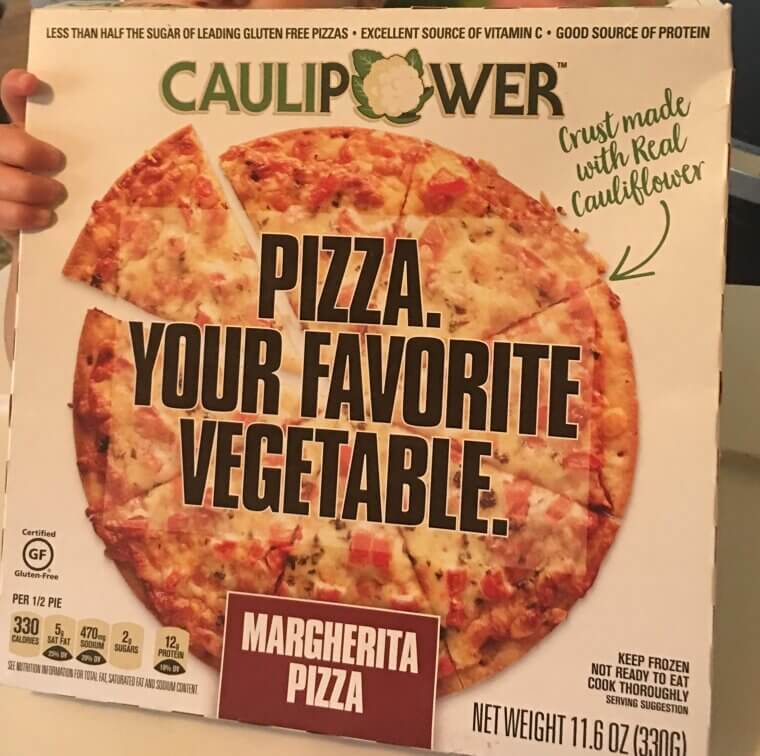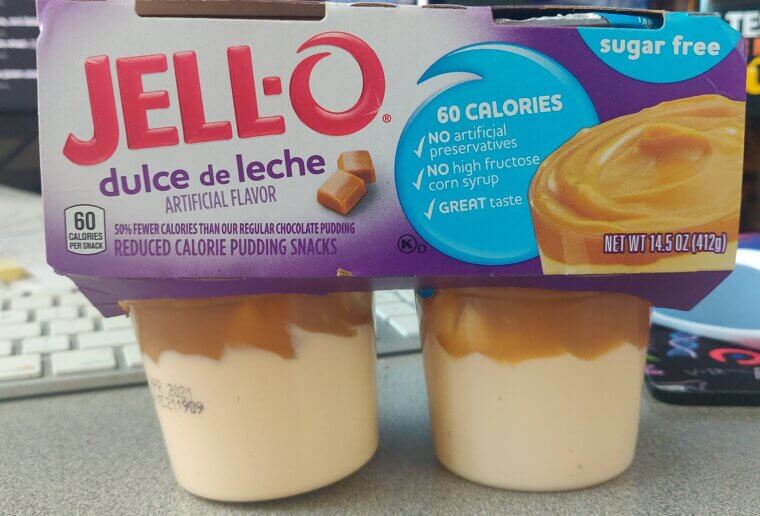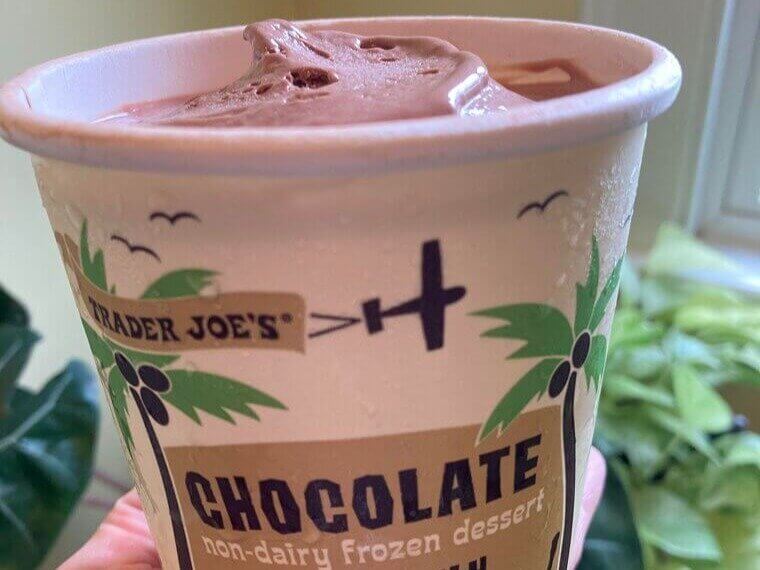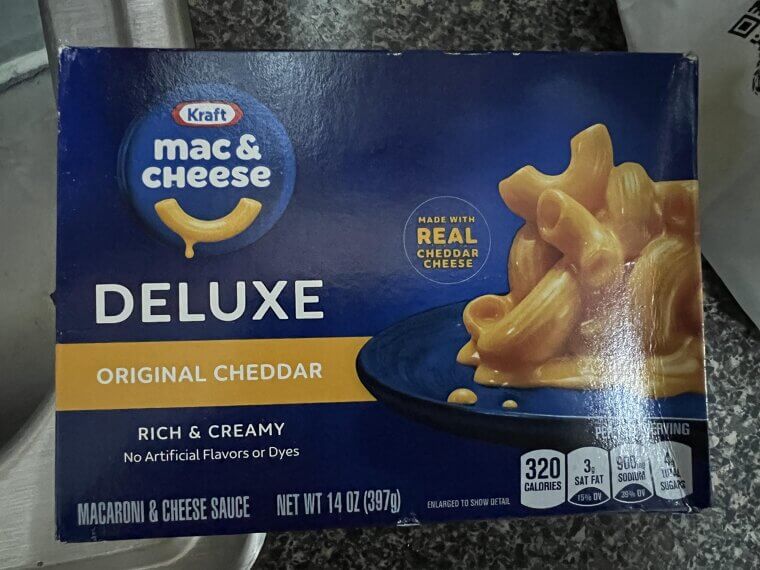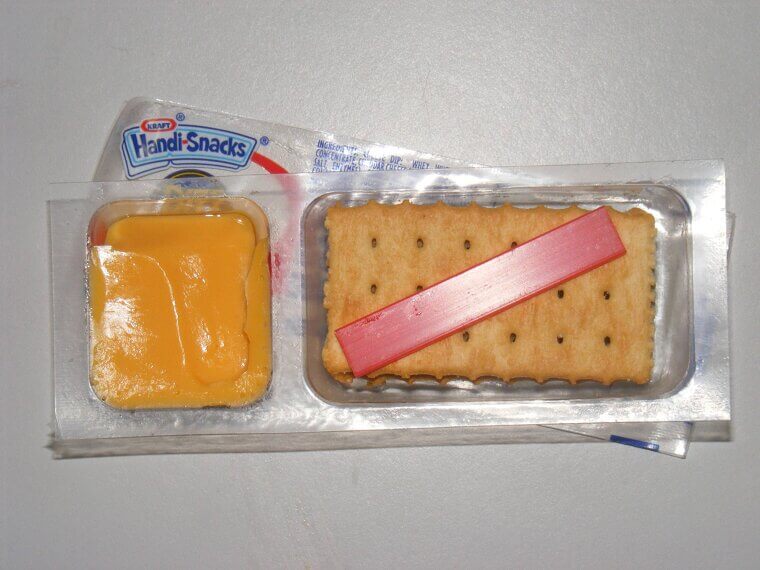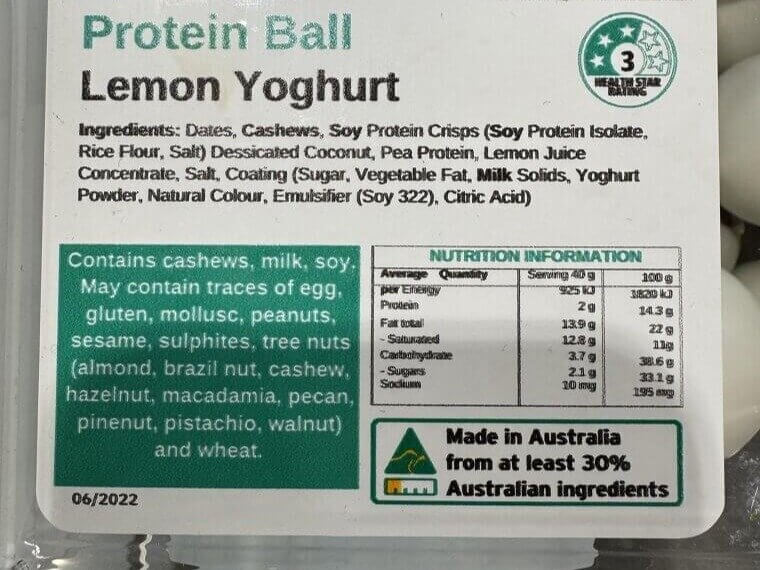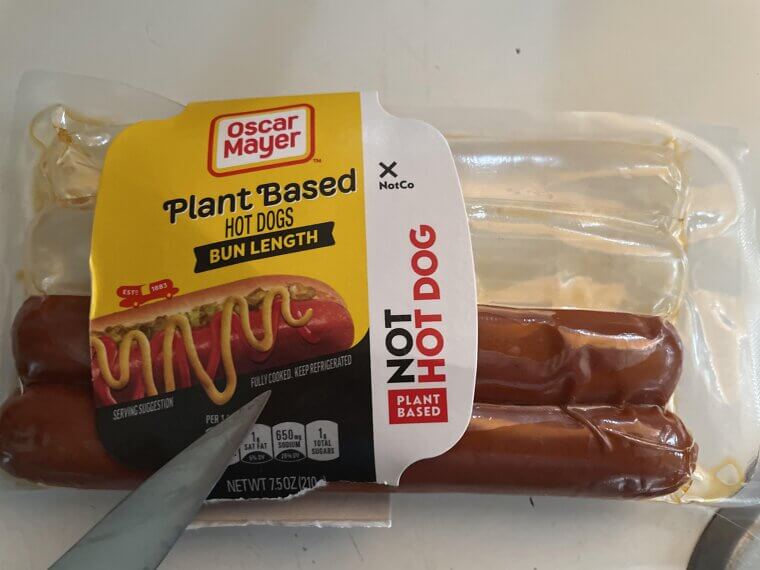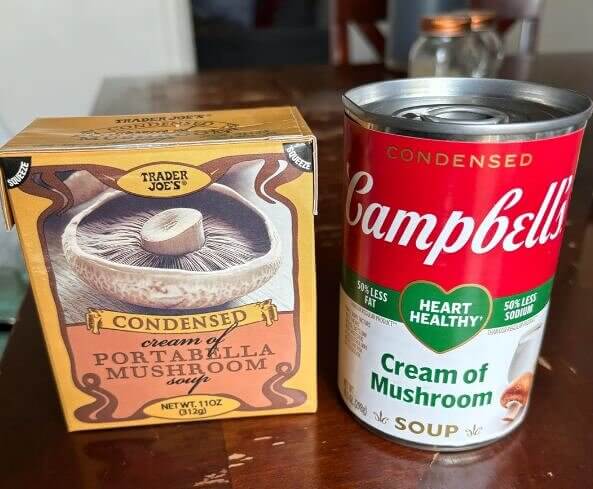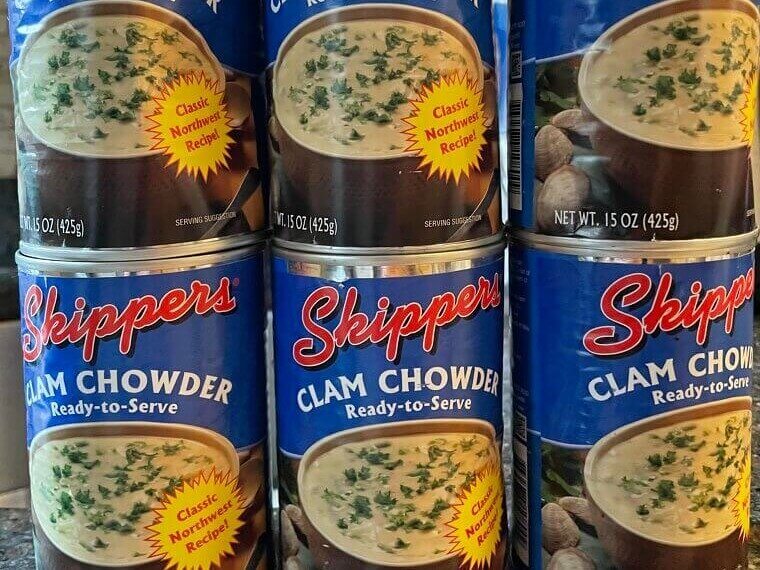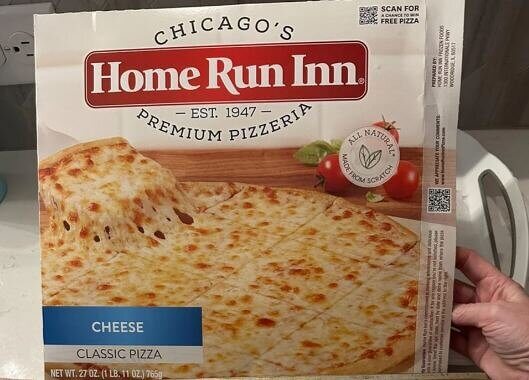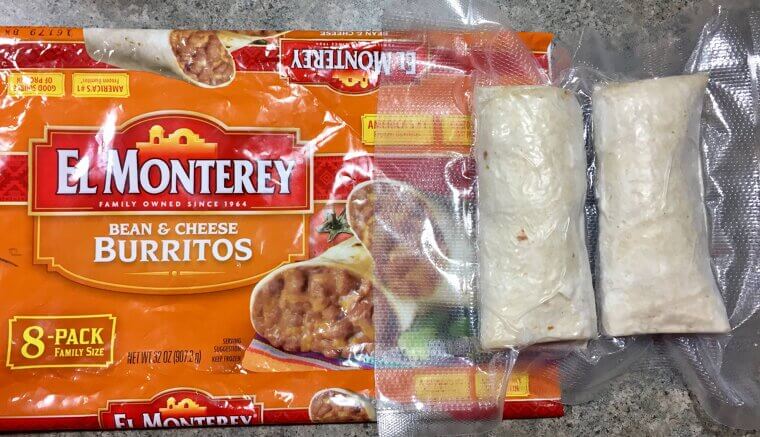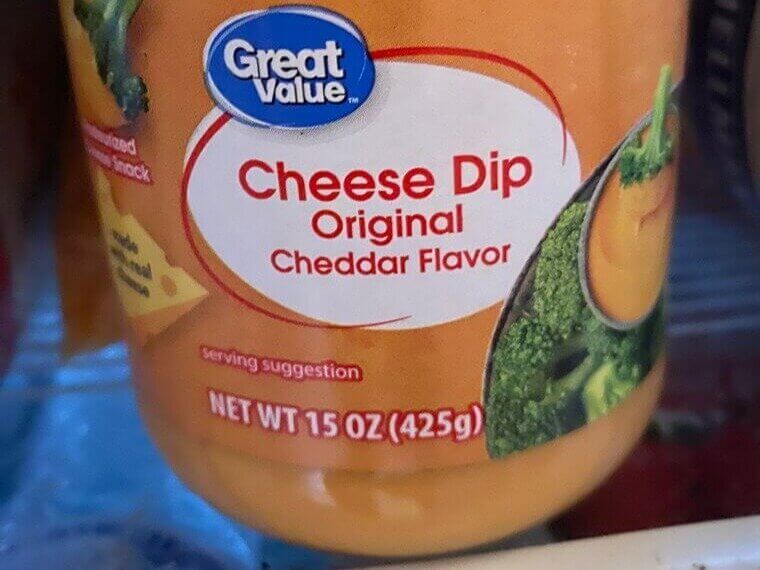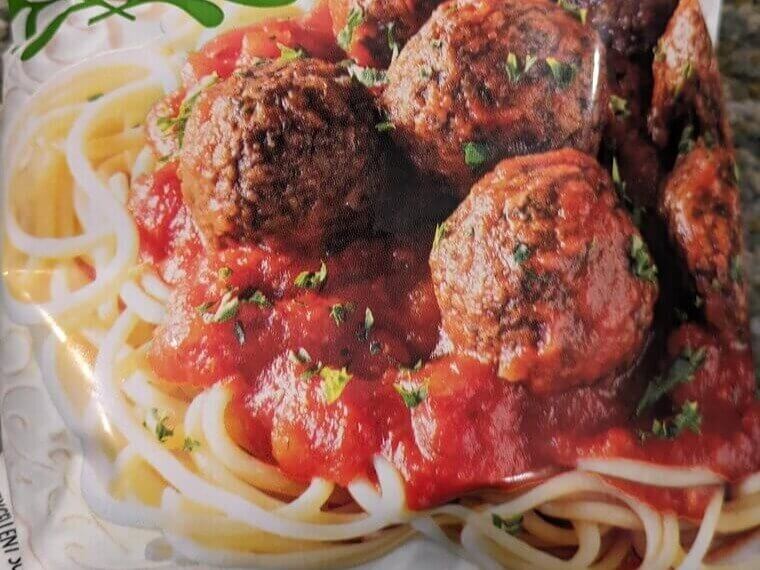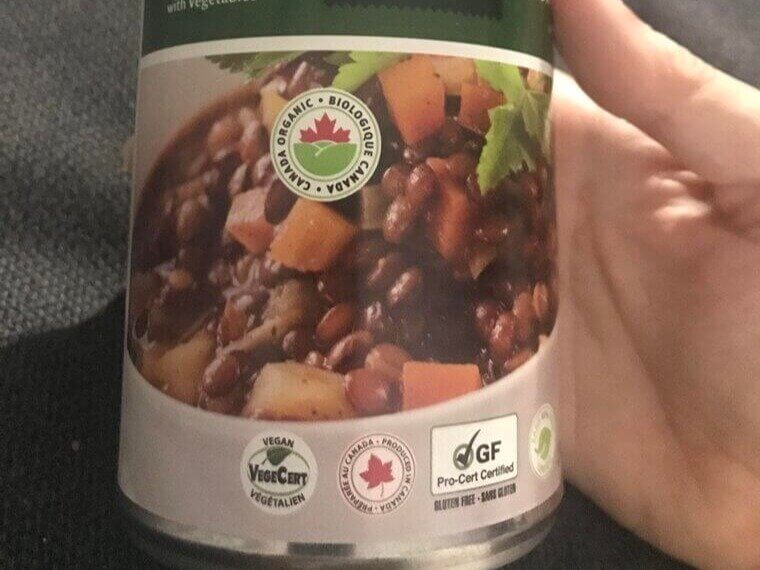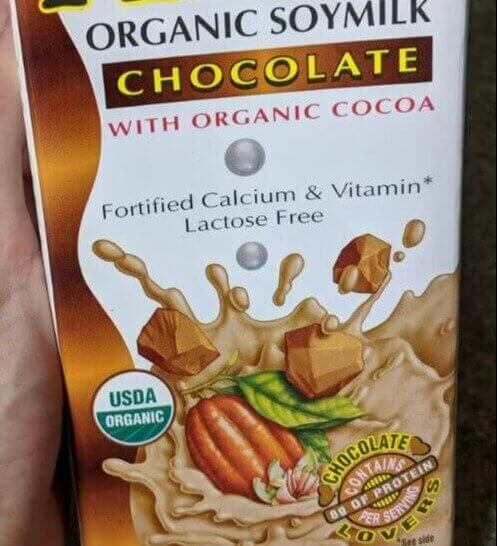Cream Cheese
Many people assume cream cheese is a protein-packed spread, perfect for a hearty breakfast. However, appearances can be deceiving. Despite its creamy texture and dairy origins, cream cheese contains surprisingly little protein. Most of its composition is actually fat, which makes it a less ideal option for those seeking protein-rich foods. This makes it an unexpected choice for something to fuel muscle growth effectively. Consider other spreads if protein is your goal.
Surprisingly, cream cheese offers minimal protein benefits. Don’t let its creamy allure mislead you; it’s more about indulgence than nutrition. Choose wisely for your protein needs.
Peanut Butter
Many people think peanut butter is a protein powerhouse, ideal for muscle building. However, while it contains some protein, it’s more renowned for its healthy fat content. Most servings offer only a modest amount of protein compared to their calorie count. Often, peanut butter is better suited as a source of energy and healthy fats rather than a primary protein source. It's delicious but not the protein giant many assume.
To get more protein, consider combining peanut butter with other protein-rich foods. This approach will help balance your diet and boost your protein intake effectively.
Almond Butter
Almond butter often finds its way into diets as a supposed protein powerhouse. However, despite almonds being rich in protein, the butter form doesn't pack the same punch. The process of making almond butter involves blending, which slightly reduces its protein concentration compared to whole almonds. While it does offer healthy fats and fiber, relying on it solely for protein might leave you short of your nutritional goals. Pair it with other protein sources for balance.
Consider adding other protein-rich foods like Greek yogurt or lean meats to your meals. This ensures you get a well-rounded intake and meet your daily protein needs effectively.
Trail Mix
Trail mix often seems like a protein-packed snack, given its combination of nuts and seeds. However, the candy and sugary components can outweigh the protein benefits. While nuts do provide some protein, the overall mix is more of a carbohydrate-heavy treat. The sugary additions can also add extra calories, making it less ideal for muscle-building purposes. It's a snack better suited for quick energy than sustained protein intake.
Choose trail mix with more nuts and seeds for a protein boost. Opt for versions without candy to make a smarter, more nutritious choice.
Energy Bars
Many people grab energy bars thinking they’re packed with protein to fuel their workouts. However, these bars often contain more carbohydrates and sugars than the muscle-building protein you're hoping for. Despite being marketed as performance enhancers, the protein content may not be as high as expected. Often, these bars are better for a quick energy boost rather than substantial muscle recovery. Don't let the labels fool you!
To truly meet your protein needs, consider options like lean meats, eggs, or plant-based proteins. Choosing wisely can support your fitness goals more effectively.
Milkshake
Milkshakes are often seen as a creamy, indulgent treat that could potentially offer a protein boost, especially when made with milk. However, the protein content is often overshadowed by high sugar and fat levels from added syrups and whipped cream. Even if they contain some milk, the actual protein contribution is minimal compared to the calorie count. This makes them more of a dessert than a nutritious protein source.
While delicious, milkshakes don't provide the protein punch many might expect. Opt for other options if you're seeking a true protein boost.
Quinoa Salad
Quinoa salad is often hailed as a protein-packed meal option. While quinoa does contain protein, it might not be as high as many assume. This colorful salad, with its mix of vegetables and beans, is nutritious but doesn't quite provide the protein punch you'd expect. The variety of ingredients dilutes the protein content, making it less ideal for those specifically seeking high-protein foods. Balance it with other protein sources.
Consider pairing this tasty salad with grilled chicken or tofu for a more substantial protein boost, ensuring your meal meets your dietary needs.
Yogurt-Flavored Drink
Yogurt-flavored drinks might seem like a protein-rich option, perfect for a quick snack or meal replacement. However, these drinks often contain more sugar and flavoring than actual yogurt. While they are delicious and refreshing, they typically lack the substantial protein content found in regular yogurt. Many people assume they're getting the benefits of yogurt without realizing they're missing out on the protein. Choose carefully to meet your nutritional needs.
Instead of relying solely on yogurt-flavored drinks, consider opting for Greek yogurt or other high-protein snacks. These alternatives provide more protein and nutrition to keep you satisfied.
Oat Milk
Oat milk might seem like a protein-packed choice due to its creamy texture and popularity as a milk alternative. However, it surprisingly contains less protein compared to cow's milk or other plant-based options like soy milk. While it offers a delicious and heart-healthy alternative, especially for those avoiding dairy, it's important to be mindful of its lower protein content. Oat milk is perfect for adding flavor, but not necessarily for boosting protein intake.
So, if you're seeking a rich source of protein, consider other options. Choose wisely to meet your nutritional needs!
Chocolate Milk
Chocolate milk might seem like a protein powerhouse, but don't be fooled. While it does contain some protein, it's not as much as you might expect for muscle-building needs. Often chosen for its taste and nutritional benefits, its protein content can fall short compared to other sources. If you're relying on it for a significant protein intake, you might need to look elsewhere. It’s tasty but not overly protein-rich.
For those seeking a protein boost, consider alternatives like Greek yogurt or cottage cheese. Chocolate milk is delicious but not the ultimate protein source you might expect.
Almond Milk
Despite its nutty origins, almond milk is surprisingly low in protein compared to cow's milk. Many people choose it for its creamy texture and assume it's a good protein source. However, a single cup contains only about 1 gram of protein. This is far less than the 8 grams found in regular milk. If you rely on plant-based milk, consider supplementing your diet with other protein-rich foods.
Choosing almond milk can be great for those reducing calorie intake. However, make sure you're getting enough protein from other sources to meet your dietary needs.
Coconut Milk
Coconut milk might seem like a protein-rich option due to its creamy texture and use in various dishes. However, it surprisingly contains very little protein. Often mistaken for a nutritious dairy alternative, its primary components are fats and carbohydrates. While great for adding flavor and richness, it won't contribute much to your daily protein intake. Consider combining it with other protein-rich foods to balance your diet.
Despite its creamy allure, coconut milk falls short in the protein department. It’s an excellent addition for taste but not for muscle-building nutritional value.
Jackfruit
Jackfruit is often mistaken for a high-protein food due to its meaty texture and use as a plant-based meat alternative. Many people assume it can provide a robust protein boost similar to that of chicken or beef. However, jackfruit is surprisingly low in protein content. It primarily offers carbohydrates and dietary fiber, making it more suited to dishes requiring bulk rather than protein. Understanding its nutritional profile can aid in better meal planning.
Before relying on jackfruit for protein, consider pairing it with legumes or nuts. This way, you’ll ensure your meals are both satisfying and nutritionally balanced.
Falafel
Falafel is often seen as a protein powerhouse, but it might not be as mighty as you think. Made primarily from chickpeas or fava beans, falafel has a reputation for being a meat-free protein source. However, it lacks the complete protein profile found in animal products. Additionally, the frying process adds calories but not protein. If you’re looking to boost your protein intake, consider pairing falafel with a protein-rich side.
While falafel is delicious and nutritious, it’s not as protein-packed as it appears. Rely on other sources to meet your protein needs effectively.
Tofu Dessert
Tofu dessert might sound like a protein powerhouse, but don’t be fooled. While tofu itself is known for its protein content, this coconut-flavored dessert provides only a modest amount. At just 5 grams of protein per serving, it falls short of what you might expect. The focus here is more on flavor and texture than muscle-building nutrition. If you're seeking a high-protein snack, you might want to look elsewhere.
Although delicious, tofu dessert won't meet your protein needs. Consider alternative snacks if you’re looking to boost your protein intake significantly.
Cereal Surprises
Despite their appealing and colorful boxes, many cereals fall short on the protein scale. Often marketed as a breakfast staple, these cereals are typically high in sugars and carbohydrates rather than muscle-building protein. Though they offer a quick and tasty start to your day, relying on them for protein won't keep you satisfied for long. It's essential to check labels and opt for more balanced breakfast options to meet your nutritional goals.
Consider pairing with Greek yogurt or nuts for added protein. Choosing options with whole grains can also provide more fiber and nutrients, enhancing your breakfast experience.
Chia Seeds
Chia seeds are often hailed as a superfood, celebrated for their fiber and omega-3 content. However, when it comes to protein, they might not be the powerhouse you expect. Though they add texture and nutritional value to smoothies and puddings, chia seeds contain only about 4 grams of protein per ounce. For those relying on them for a protein boost, it's important to incorporate other protein-rich foods into your diet.
Keep exploring surprising nutritional facts to better understand which foods align with your dietary goals. By identifying foods that fall short, you can tailor your meals for optimal protein intake.
Frozen Yogurt
Frozen yogurt might seem like a protein-packed treat, but it often falls short of expectations. While it might be lower in fat than ice cream, it doesn’t provide a significant protein boost. Many people assume it’s as beneficial as Greek yogurt, but it typically has less protein content. Often loaded with sugar, it’s more dessert than nutritious snack. Consider mindful portions if you're seeking protein.
Despite its creamy appeal, frozen yogurt isn’t your go-to for protein. Keep this in mind when choosing snacks aimed at boosting your nutritional intake.
Muesli
Muesli, a popular breakfast choice, often gets mistaken for a protein powerhouse due to its combination of oats, nuts, and seeds. While it might seem like a muscle-building meal, muesli primarily offers carbohydrates and fiber. The actual protein content is relatively modest, especially compared to expectations. Many people consume it believing it will provide the necessary protein boost, but it's more about fueling energy. Choosing wisely can ensure balanced nutrition.
Instead of relying solely on muesli, consider adding yogurt or a protein shake to your breakfast routine. This will help ensure you meet your protein needs effectively.
Vegan Jerky
Vegan jerky can seem like a protein-packed snack, especially given its reputation as a healthy alternative to traditional meat jerky. However, despite being marketed as a good source of protein, it often contains less protein than expected. Many brands focus on being plant-based and low in fat, which might compromise protein content. It's essential to check the nutritional information to ensure you're meeting your protein needs effectively.
When choosing plant-based snacks like vegan jerky, it's crucial to compare protein content with other sources. This awareness helps in making informed dietary choices that truly support your nutrition goals.
Cauliflower Crust Pizza
Cauliflower crust pizza might seem like a protein powerhouse. After all, it’s made from a vegetable known for its versatility and health benefits. However, it doesn't pack as much protein as you might hope. Despite its lower calorie count and gluten-free appeal, the protein content is modest. It's a great option for cutting carbs but not the best for boosting muscle mass. Pair it with protein-rich toppings for balance.
While cauliflower crust is a healthy choice, don’t rely on it for your protein intake. Opt for additional sources to meet your dietary needs.
Dulce de Leche Pudding
Dulce de leche pudding might seem like a sneaky protein source due to its creamy appearance, but it actually falls short in protein content. While it’s a delicious treat, it’s primarily made up of sugars and additives that bring flavor without muscle-fueling benefits. Many people might mistake its thick texture as an indicator of protein richness, but it’s more dessert than dietary supplement. It’s important to pair it with true protein sources like nuts or yogurt for a balanced snack. Don’t let the sweet allure mislead your nutritional goals.
While dulce de leche pudding is a delightful indulgence, don’t rely on it for protein. Pair it with other nutrient-rich foods to ensure you meet your dietary needs.
Coconut Milk Dessert
While this chocolate non-dairy frozen dessert may seem like a protein-packed treat, it’s surprisingly low in protein content. Made with coconut milk, it offers a creamy texture and rich taste but falls short in delivering the protein boost you might expect. Coconut milk, a key ingredient, is primarily composed of fats and provides minimal protein. So, if you're aiming for muscle-building benefits, this dessert won't quite fit the bill.
Instead, consider incorporating more protein-rich snacks like Greek yogurt or nuts into your diet. Making informed choices ensures you meet your nutritional needs.
Mac and Cheese
Mac and cheese is a comfort food favorite that many assume to be a good source of protein due to its cheesy goodness. However, despite the presence of real cheddar, its protein content falls short compared to other meal options. The creamy sauce primarily adds flavor and texture, rather than boosting protein levels. For those looking for a protein-rich meal, mac and cheese might not meet expectations. Consider pairing it with a protein side.
While delicious and satisfying, mac and cheese doesn’t offer substantial protein. It's essential to consider alternatives or additions if increasing protein intake is your goal.
Cheese and Crackers
Cheese and crackers might seem like a protein-rich snack, but they don’t pack the punch you’d expect. Despite the presence of cheese, the protein content is surprisingly low. Most of the calories come from carbohydrates and fats, leaving protein by the wayside. This can be disappointing if you're looking for a quick muscle-fueling snack. You might want to pair it with something more substantial for a better protein boost.
Look beyond appearances and get more protein by choosing snacks wisely. What seems like a satisfying choice might leave you lacking. Always check nutritional labels for better insights.
Lemon Yoghurt Protein Ball
Despite their promising name, lemon yoghurt protein balls might not be the protein-packed snack you're expecting. With only 2 grams of protein per serving, they may not significantly contribute to your daily intake. Ingredients like dates and cashews provide flavor and texture but not a substantial protein boost. While they offer a tasty treat, these balls shouldn't be relied on for muscle-building nutrition. Consider this when planning your protein-rich snacks.
For a genuine protein punch, explore alternatives that offer more substantial nutritional benefits. Making informed choices can ensure you meet your dietary needs effectively.
Plant-Based Hot Dogs
Plant-based hot dogs might seem like a strong protein choice for those avoiding meat, but they often don’t pack the punch you’d expect. While they do offer certain health benefits, the protein content can be surprisingly low compared to traditional meat options. Many rely on fillers and flavorings that displace more protein-rich ingredients. So, if you're counting on them for your protein intake, you might want to reconsider and explore other options.
Next time you're seeking plant-based protein, read labels carefully. Ensure you're getting adequate protein to support your dietary goals and maintain a balanced, nutritious diet.
Cream of Mushroom Soup
Cream of mushroom soup might seem like a hearty, protein-rich option due to its creamy texture and savory flavor. However, this popular soup variety is surprisingly low in protein content. Many people choose it thinking it provides essential nutrients for muscle building, but it falls short of delivering significant protein. If you're aiming for a protein-rich diet, this soup may not be the best choice. Consider pairing it with a protein source.
While delicious and comforting, cream of mushroom soup doesn't pack the protein punch you might expect. For a balanced meal, add protein-rich ingredients.
Clam Chowder
Clam chowder might seem like a protein-packed meal thanks to its creamy texture and seafood base. However, this comforting dish often contains more carbohydrates and fats than protein. The clams provide some protein, but not enough to make it a significant source. The rich, hearty flavor can be deceiving, making it easy to assume it's more nutritious. For a protein boost, consider pairing it with lean meat or fish.
While delicious and filling, clam chowder is not a protein powerhouse. Keep this in mind and opt for other sources to meet your dietary needs.
Cheese Pizza
Cheese pizza might seem like a protein-rich meal due to its cheesy topping, but it surprisingly falls short. While cheese does provide some protein, the overall amount is relatively low compared to other protein sources. The dough, sauce, and other ingredients primarily consist of carbohydrates and fats, offering minimal protein content. If you're looking to boost your protein intake, consider adding extra toppings like chicken or opting for a side of lean meat.
Though delicious, cheese pizza isn't the protein powerhouse you might think. Opt for additional protein-rich toppings if you're aiming to increase your protein consumption while enjoying this classic dish.
Bean and Cheese Burritos
Many people assume bean and cheese burritos are a protein powerhouse, but they might not pack the punch you expect. Beans do offer some protein, but the amounts in these burritos are often overshadowed by carbs and fats. Cheese adds flavor but not significantly to the protein count. If you're looking for a protein-rich meal, these burritos might leave you wanting more. Consider additional sources to boost your intake.
Make sure to check nutrition labels when choosing quick meals like this. Opt for versions with added protein or pair with a protein-rich side for a more balanced meal.
Cheese Dip
Cheese dip might seem like a protein-packed choice, but it falls short of expectations. While cheese itself can be rich in protein, cheese dip often contains added ingredients that dilute its nutritional value. The creamy texture and cheesy flavor can be deceiving, as it typically offers more fats and calories than actual protein. This makes it a less ideal option for those seeking to boost their protein intake. Understanding these nuances helps make better dietary choices.
Instead of relying on cheese dip for protein, consider healthier alternatives like Greek yogurt or cottage cheese. These options offer higher protein levels and better nutritional benefits.
Meatless Meatballs
Meatless meatballs often seem like a high-protein option and a great alternative to their meat counterparts. However, many of these plant-based versions rely on ingredients like soy, grains, or vegetables, which may not pack as much protein as expected. While they can be a tasty addition to your meal, they might not deliver the muscle-building protein you’re hoping for. It's wise to check nutritional labels to ensure you're meeting your dietary needs.
Be mindful of plant-based protein sources. While they’re often nutritious, they may not provide as much protein as traditional meat options. Balance with other protein-rich foods.
Lentil Soup
Although lentil soup might seem like a protein powerhouse, it's surprisingly not as rich in protein as you might hope. While lentils themselves are known for their protein content, the dilution with broth and added vegetables in soup form means you’re not getting as much protein per serving. Many people mistake it for a muscle-fueling meal, but it's better suited as a light vegetarian option. Don't rely on it alone for a protein boost.
Ultimately, lentil soup is a healthy choice, but don't count on it for substantial protein. Consider pairing it with other protein-rich foods to meet your dietary needs.
Chocolate Soymilk
You might think chocolate soymilk is a powerhouse of protein, given its soy foundation. However, while it does contain some protein, it's not as much as you’d expect from a beverage marketed for its nutritional benefits. Many drink it for its creamy, chocolatey flavor rather than its muscle-building potential. If you’re seeking a true protein boost, you might want to consider other sources. Choose wisely for your health goals.
While chocolate soymilk offers some protein, it’s not the best choice for serious protein intake. Opt for more fortified options if you’re aiming for high protein consumption.

